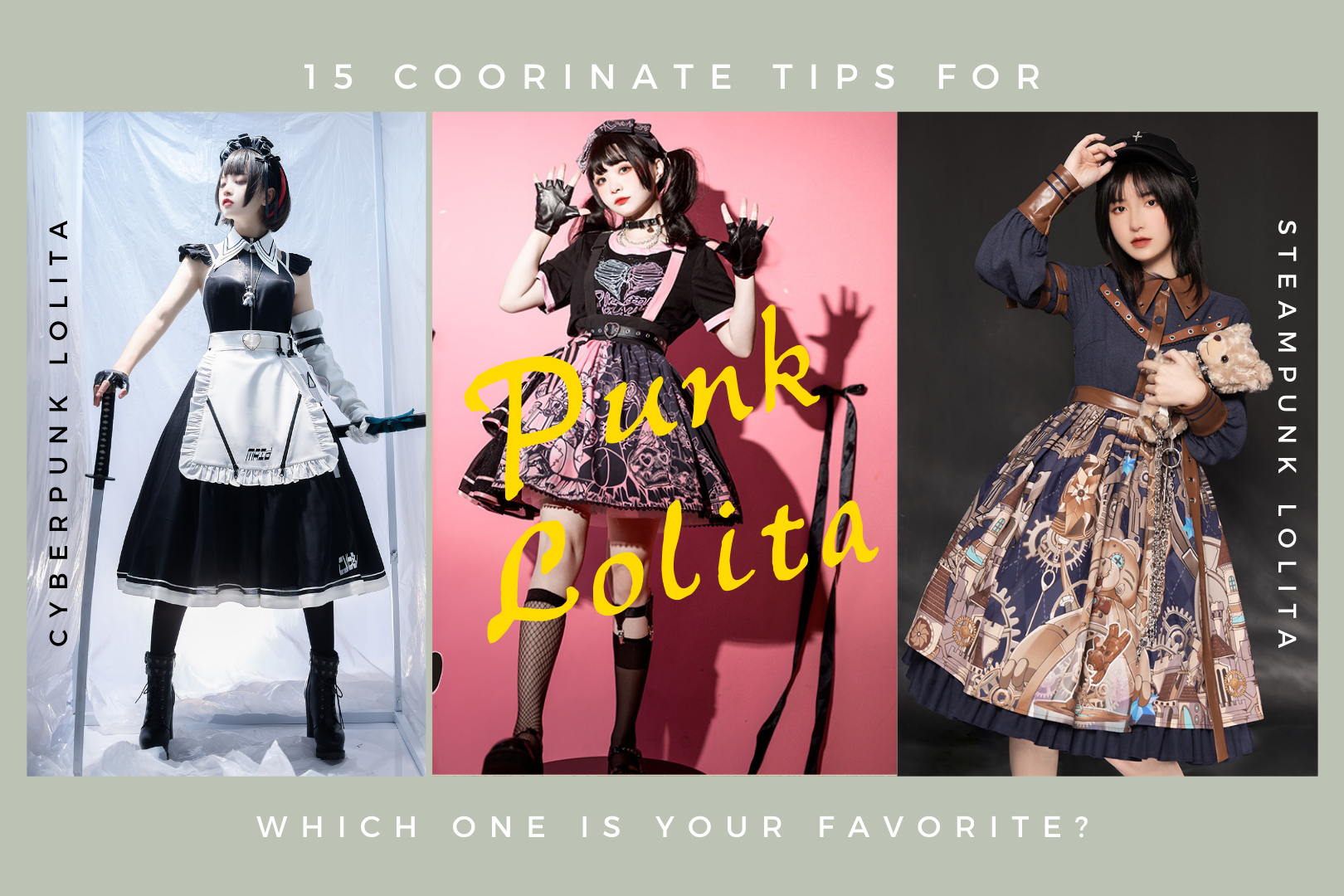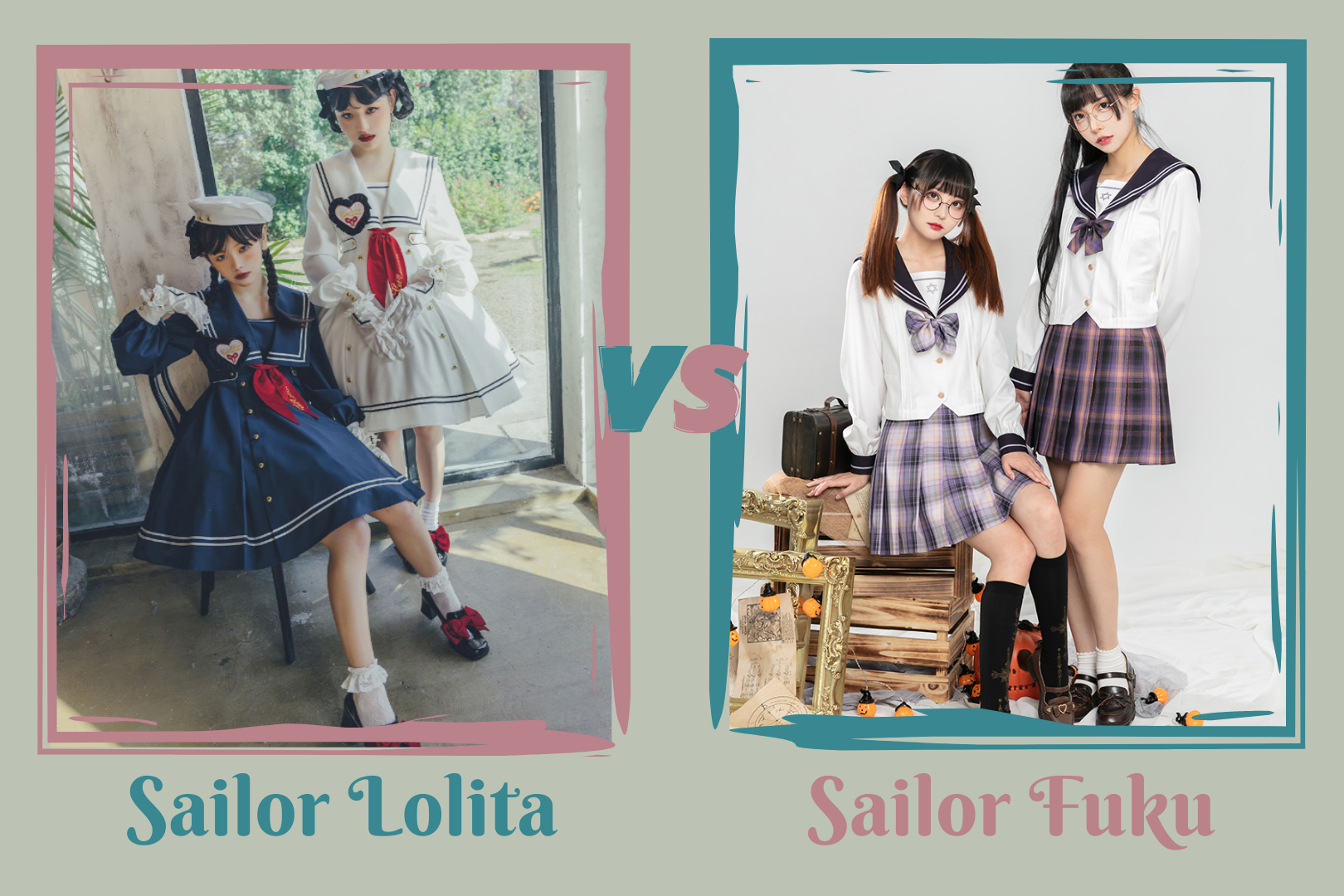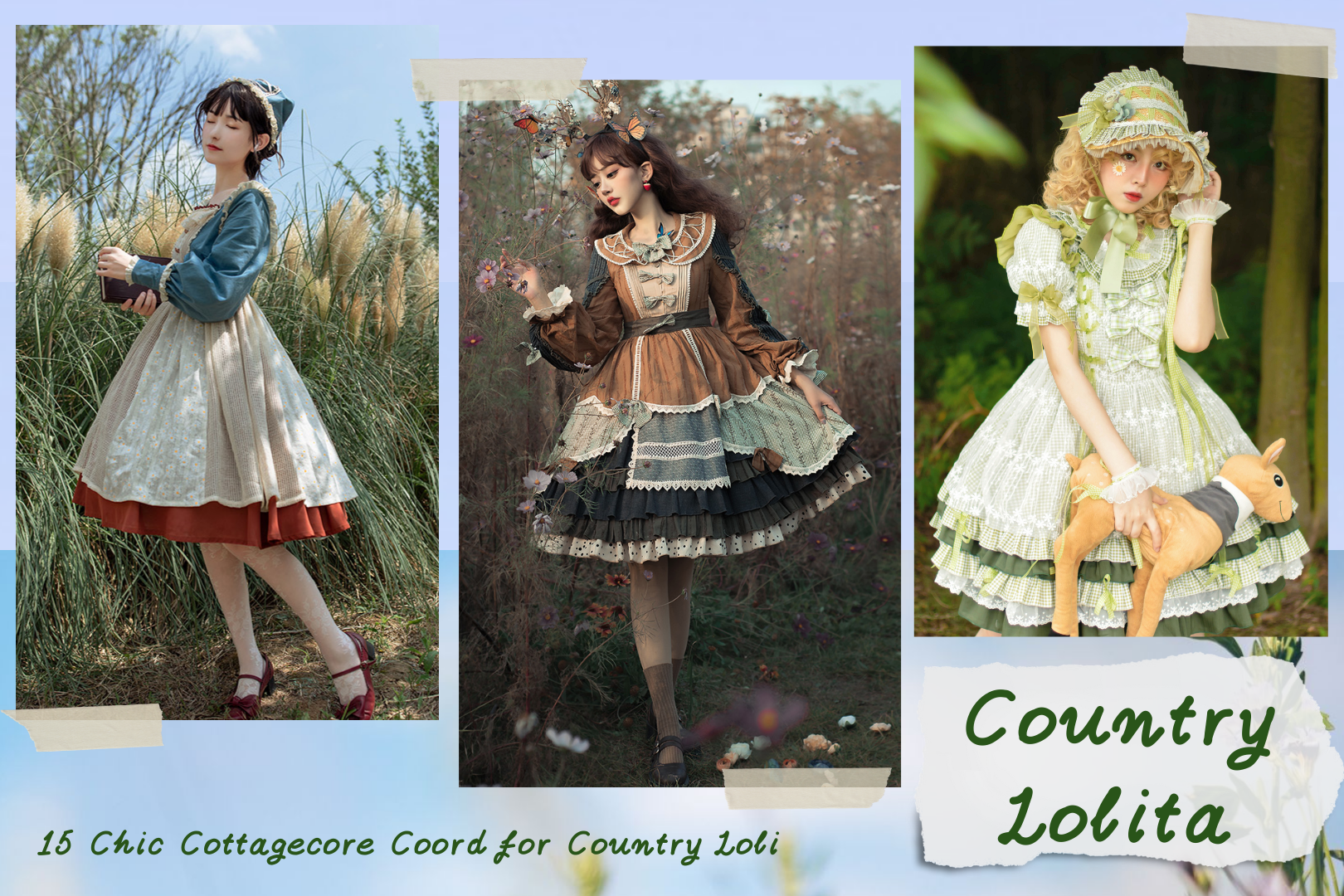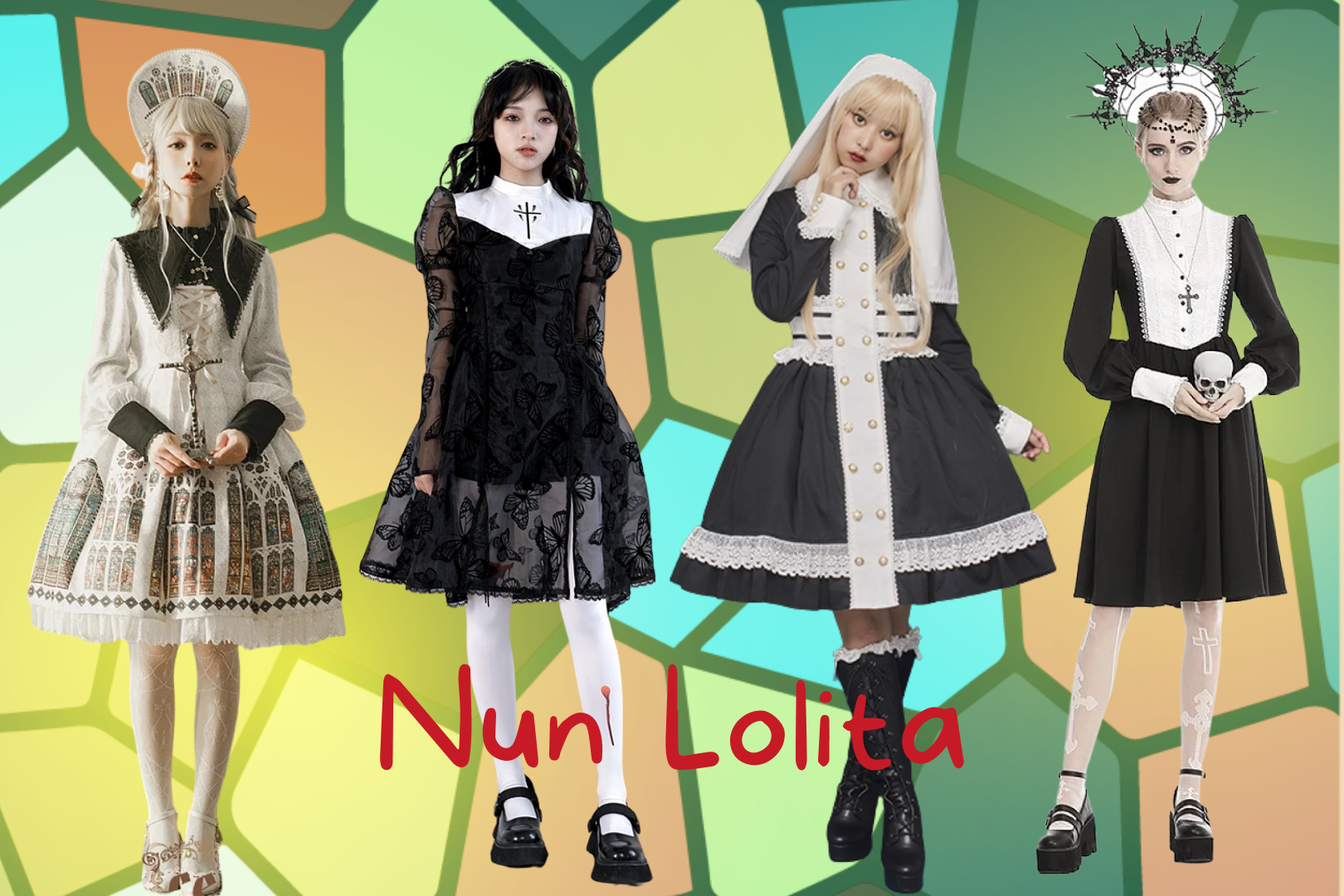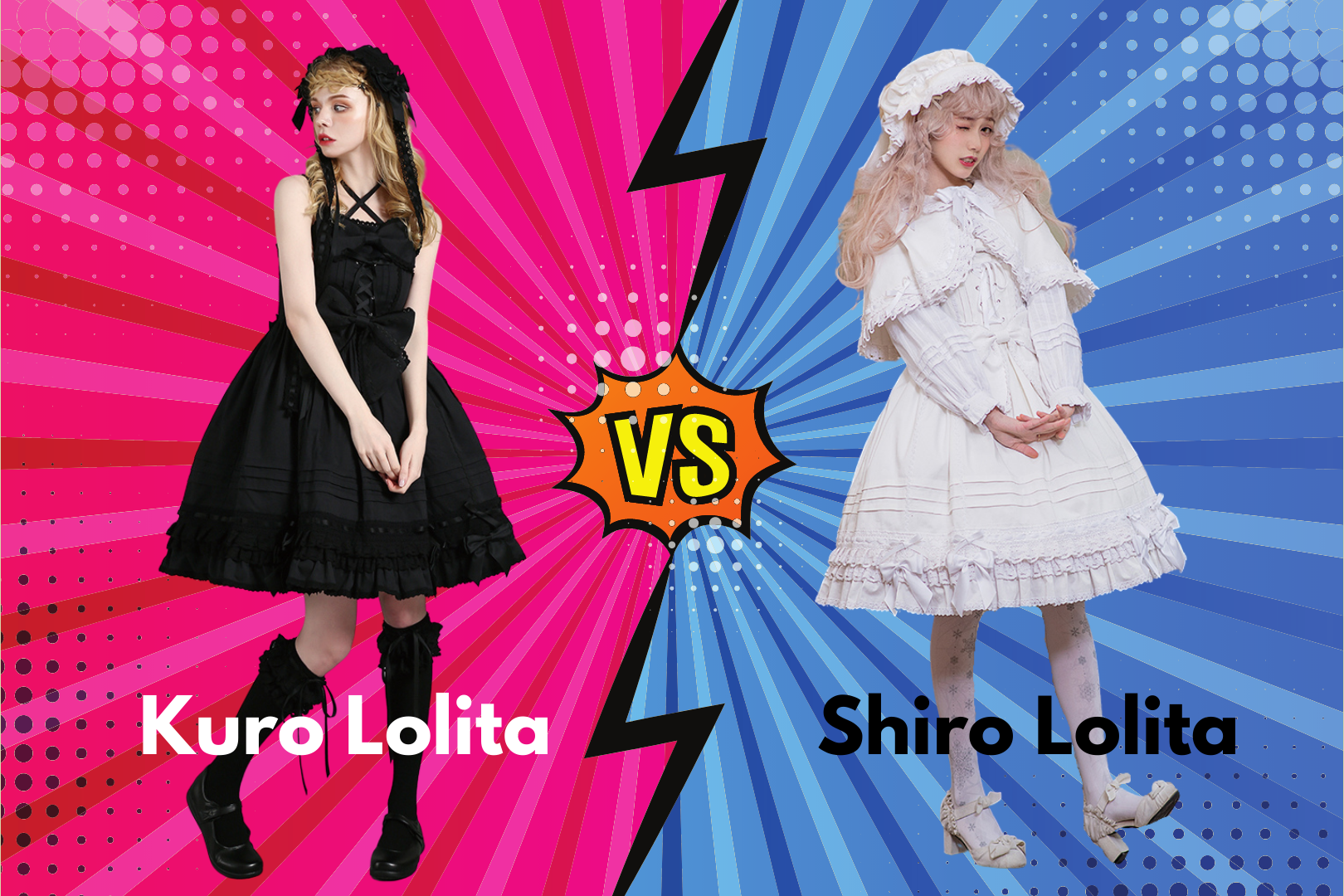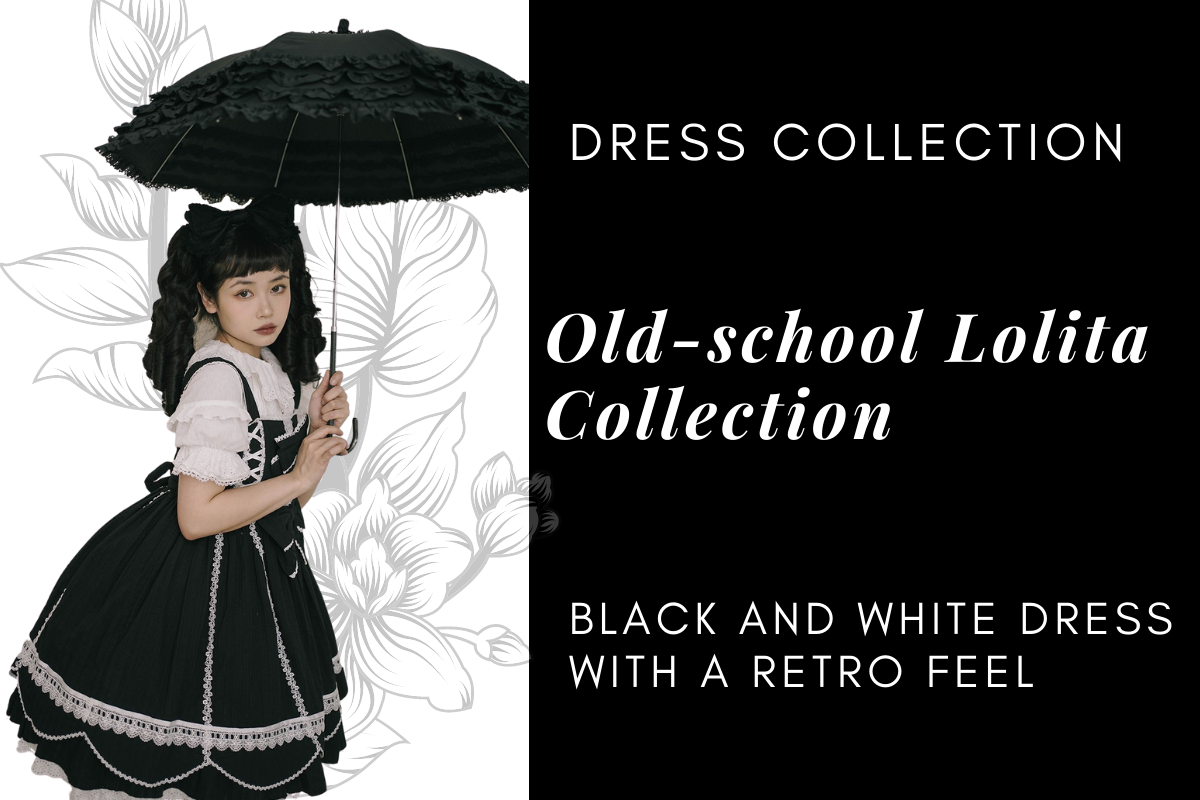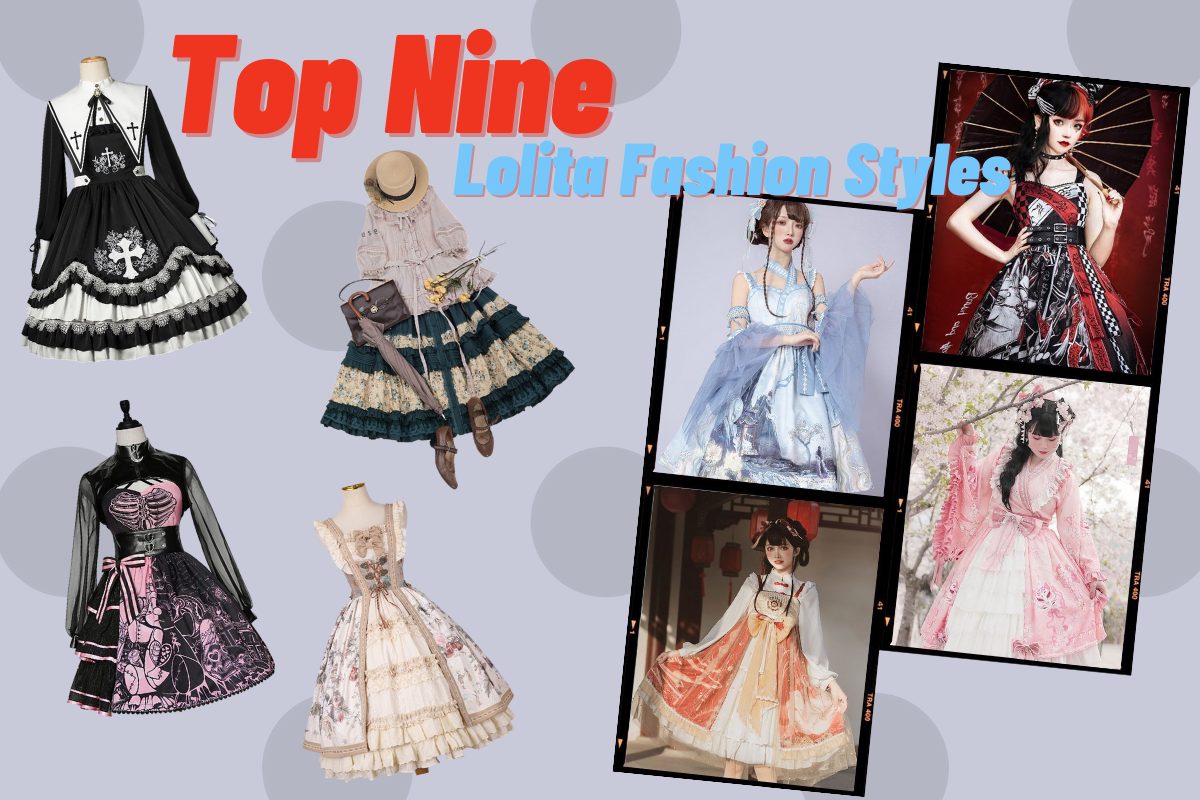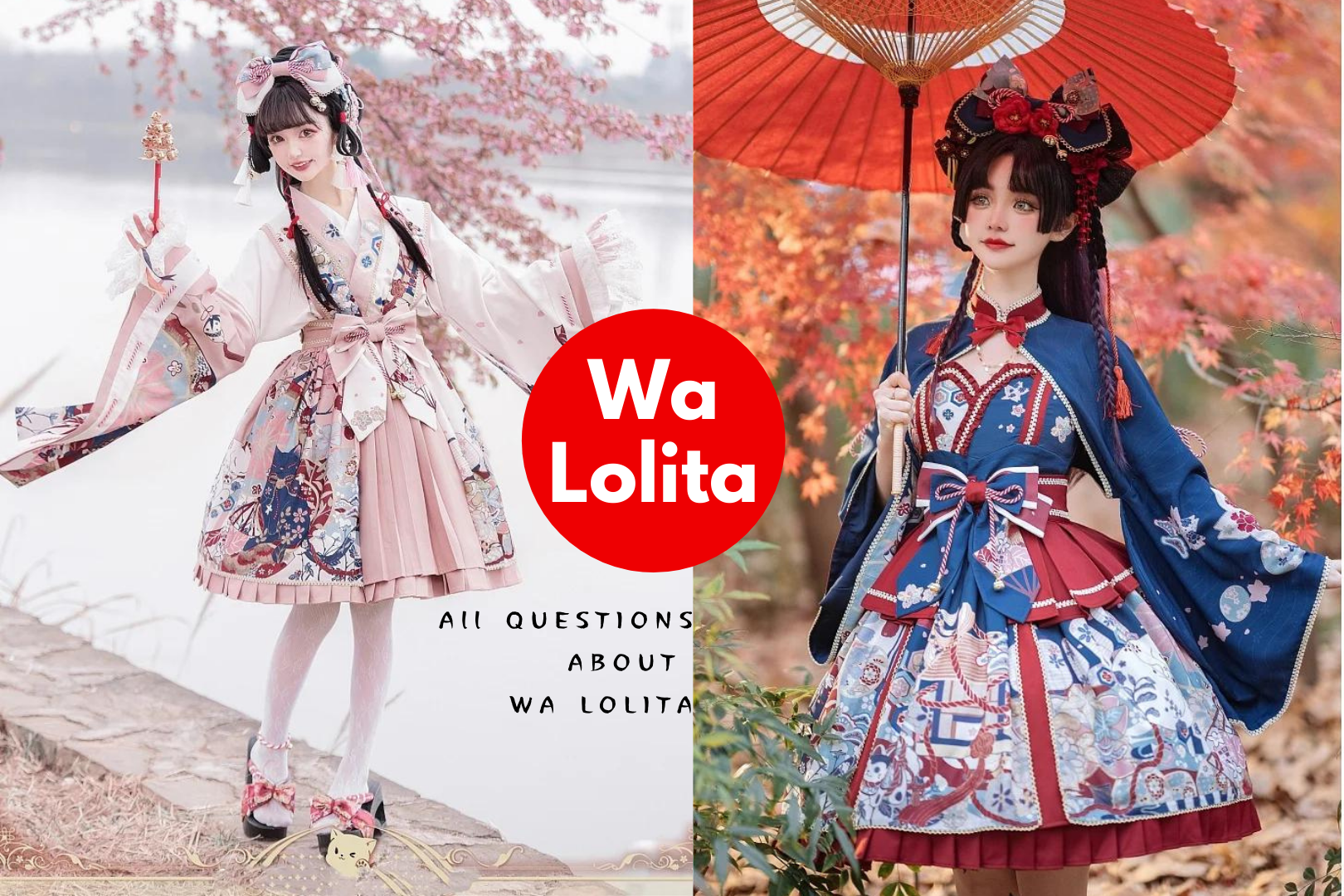
- Contents:
- 1. Wa Lolita
- 2. Wa Lolita V.S. Japanese Kimono
- 3.Wa Lolita V.S. Han Lolita
- 4. Cultural Appropriation 1: Can I wear Wa Lolita if I'm not Japanese?
- 5. Cultural Appropriation 2: Can I wear Wa Lolita for cosplay?
- 6. The Anatomy of Wa Lolita
- 7. Tips for Putting Together a Wa Lolita Coordinate
- 8. Kimono-style Dresses Collection
- 9. Japanese-style Patterns Wa Lolita Collection
Wa Lolita
Wa Lolita(和ロリ) is a style of Lolita Fashion that was inspired by Japanese culture and combined with Japanese traditional costumes—the Japanese Kimono.
Wa Lolita V.S. Japanese Kimono
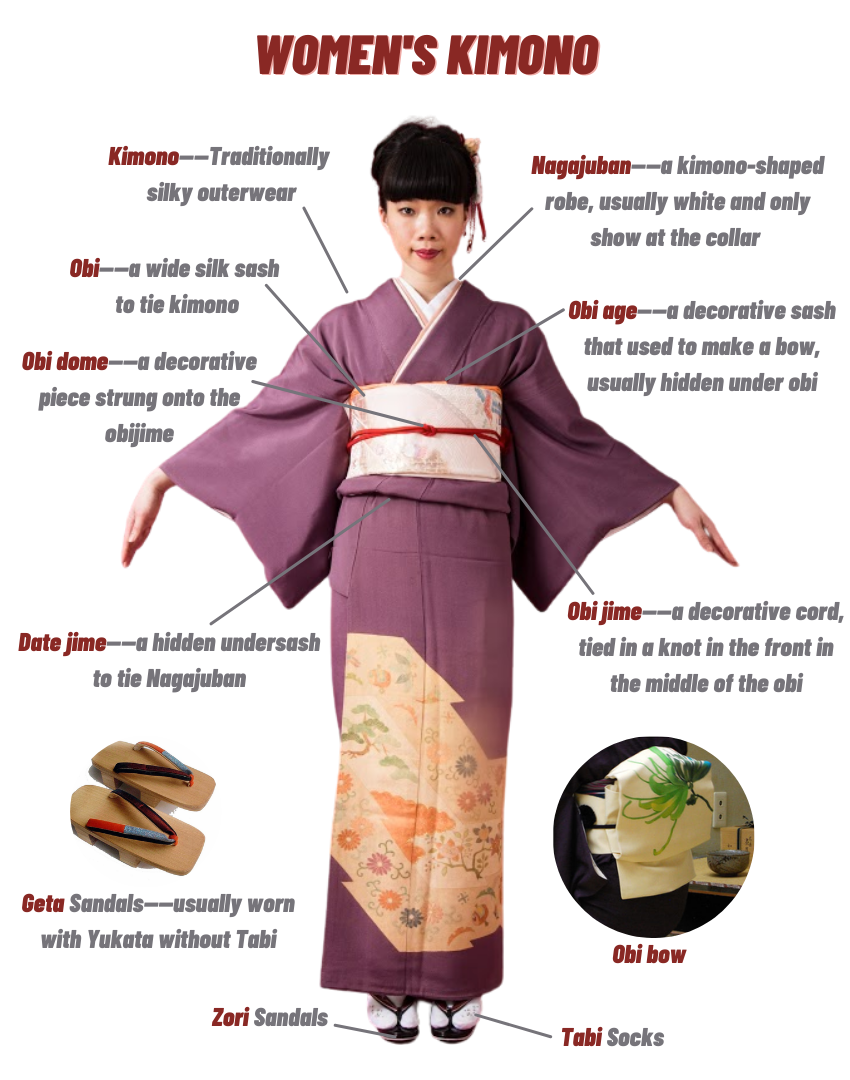
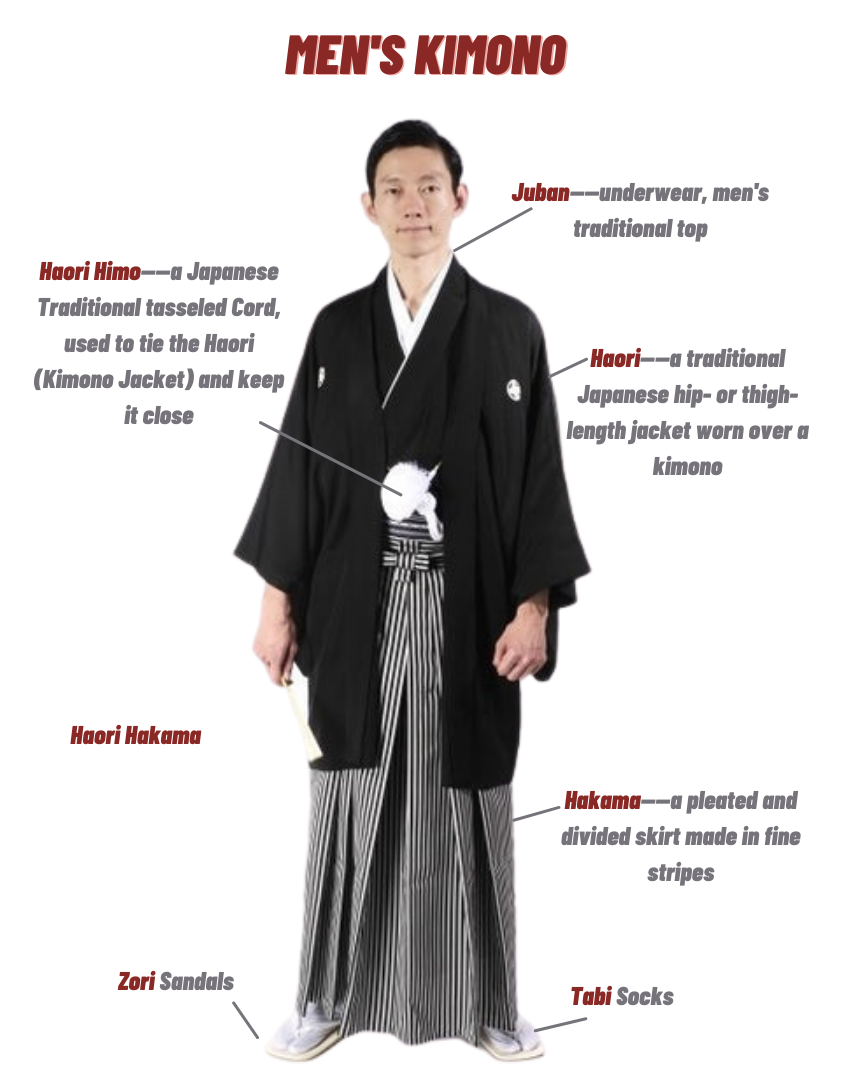
As you can see from the images above, Wa Lolita dresses are not as complex as Japanese traditional kimono, whose colors, styles, and motifs will change depending on the wearer's age, social class, marital status, gender, and even the season. What's more, a Japanese traditional kimono is usually used in formal occasions such as weddings, coming-of-age ceremonies (成人式, Seijin Shiki), funerals, and so on.
The 10 Most Useful Terms To Know Japanese Traditional Clothing
- 1. Geta (下駄) Sandals—Japanese Raised Wooden Flip-Flops
Geta sandals have a flat wooden base raised above the ground with up to three (though commonly two) "teeth", held on the foot with a fabric thong. The "teeth" are largely used for walking through mud and other dirty outdoor settings. As a result, Geta sandals are not typically worn indoors and are never worn on a straw tatami mat.
People usually wear Geta sandals barefoot with traditional Japanese garments such as the kimono for some informal occasions.
- 2. Zori(草履) Sandals—Traditional Japanese Sandals For Kimono
Zori sandals are worn with a kimono and Tabi socks for formal occasions. They are made from rice straw or lacquered wood.
- 3. Tabi (足袋) Socks—Japanese Split-toe Socks For Zori & Kimono
Tabi socks are traditional Japanese socks worn with thonged footwear, dating back to the 15th century. Tabi socks feature a unique aspect, a separated big toe. White tabi socks are considered the default sock to wear with Zori sandals in most formal social settings.
- 4. Obi(帯)—Japanese Traditional Board Sash For Kimono
An obi means sash in Japanese. It is a type of belt to tie around the waist of the Kimono and was traditionally worn by both men and women. It can be fastened in the back with a large flat bow(aka, Obi Bow) in a traditional woman's Kimono.
- 5. Haori(羽織)—A Traditional Japanese Jacket Worn Over Kimono
The Haori is a traditional Japanese hip- or thigh-length jacket worn over a kimono.
Resembling a shortened kimono with no overlapping front panels, the Haori typically features a thinner collar than that of a Kimono and is sewn with the addition of two thin, triangular panels at either side seam.
The Haori is usually tied at the front with two short cords, known as Haori Himo, which has attached to small loops sewn inside the Haori.
- 6. Yukata(浴衣)—Casual Summer Kimono
The Yukata means "bathrobe" in Japanese. It's an unlined cotton summer kimono, worn at summer festivals and for casual occasions such as nearby bathhouses.
Yukatas are traditionally indigo and white. Modern Yukatas are similar in appearance to the Nemaki—a unisex, short-sleeved "lounging" kimono-a garment worn by guests of traditional inns. Women's Yukatas are often very colorful while men's Yukatas tend to be two-tone geometrics with darker colors.
Modern Yukata has more use and various designs. It's now a common sight in Japan during summer!

- 7. Nemaki(寝間着)—A Cotton "Lounging" Kimono
Nemaki means "Pajamas" in Japanese, so you do not wear them outside of the house. And It's also used as a bathrobe. These are often used at Spas, resorts, and Onsens (Hot Spring Area) in Japan.
Namaki tends to have simple collars such as blue and maroon small geometric repeated patterns on the white background. Usually, the belt is the same color as the robe and narrow.
Currently, to attract young people (especially ladies), many Spas offer colorful Nemaki for them to choose from.

- 8. Kanzashi(簪)—Japanese Traditional Flower Pins
Kanzashi means "hair ornaments" in Japanese. It's used in traditional Japanese hairstyles. It's usually made from folded fabric flowers, sometimes with metal tassels.
Changes in the color and embellishments used on kanzashi indicate observance of special holidays and seasonal celebrations.

- 9. Hakama(袴)—A Pant-like Pleated Garment Worn Over a Kimono
Hakama means "trousers" in Japanese. They are a type of traditional Japanese clothing. You can wear Hakama with any type of kimono except yukata. Hakama are usually plainer in color compared to the top half of the kimono and are tied at the waist with a simplistic obi/himo(a Japanese traditional cord).
Hakama are typically worn with tabi and Japanese-style sandals.
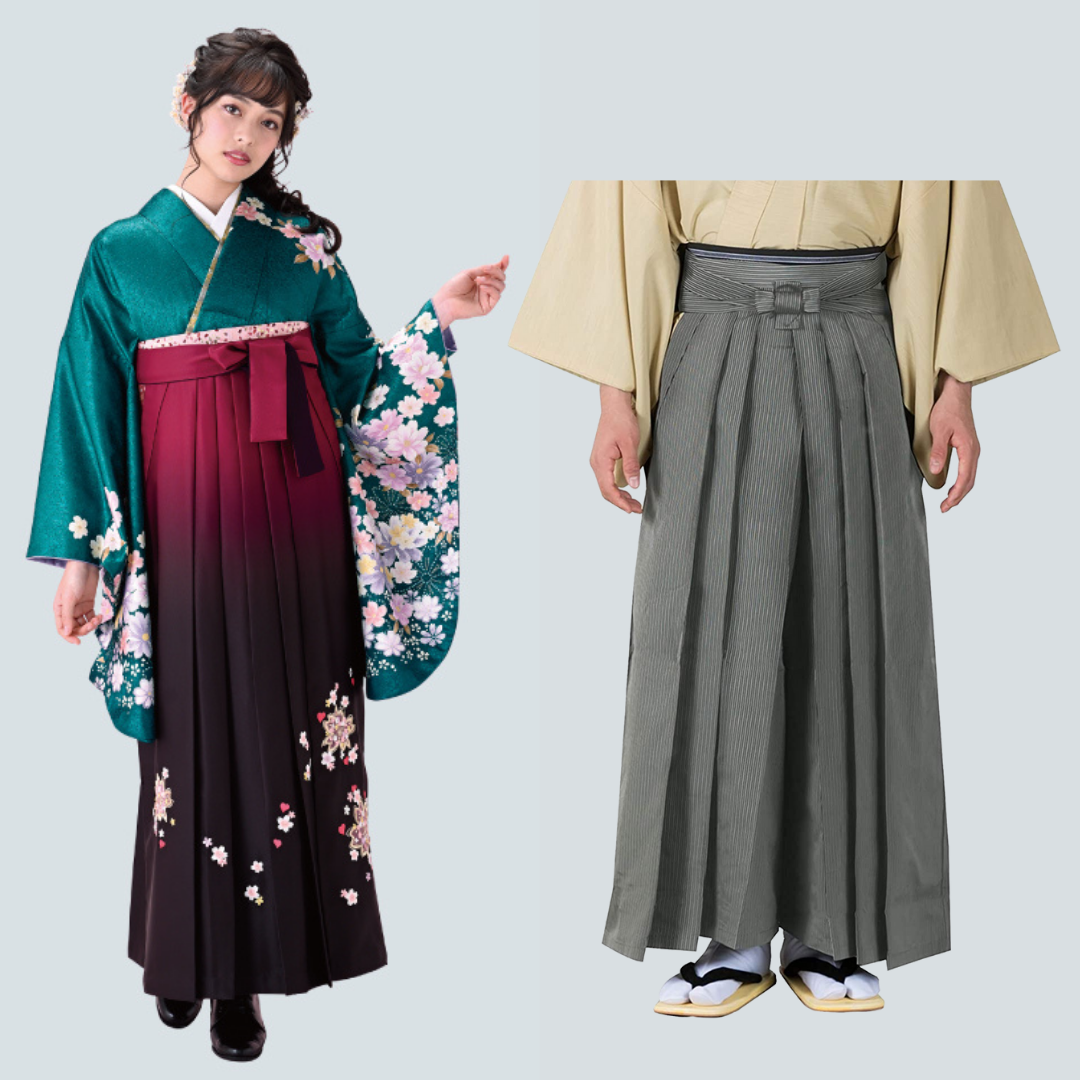
- 10. Kimono(きもの)—Traditional Japanese Garment
Kimono means "things to wear" in Japanese and is the national dress of Japan. The kimono is a T-shaped, wrapped-front garment with square sleeves and a rectangular body, and is worn left side wrapped over right. The kimono is traditionally worn with a broad sash, called an obi, and is commonly worn with accessories such as zōri sandals and tabi socks.
Japanese women wore Kimono dresses a lot in Taisho (大正) era.
However, modern Wa Lolita has made changes to make it easier to wear, so you don't need to have a good understanding of traditional Japanese clothing.
Unlike Qi/Han Lolita which combines with Chinese traditional garments-Qibao and Hanfu, Wa Lolita focuses more on Japanese textile and more subtle details. You can see some characteristics of kimono on a Wa Lolita outfit, like the crossed front of a kimono bodice, a waistband/large bow that emulates an obi("belt" in Japanese), the kimono sleeves(wide sleeves), and so on.
Some experienced Lolitas even pair solid-colored skirts with actual kimono, such as Haori and Yukata, though that is an advanced technique and needs lots of time to try on.
Wa Lolita V.S. Han Lolita
The biggest difference between Wa Lolita and Han Lolita is that Wa Lolita combines with Japanese Kimono while Han Lolita combines with Hanfu(Chinese Han Dynasty costumes).
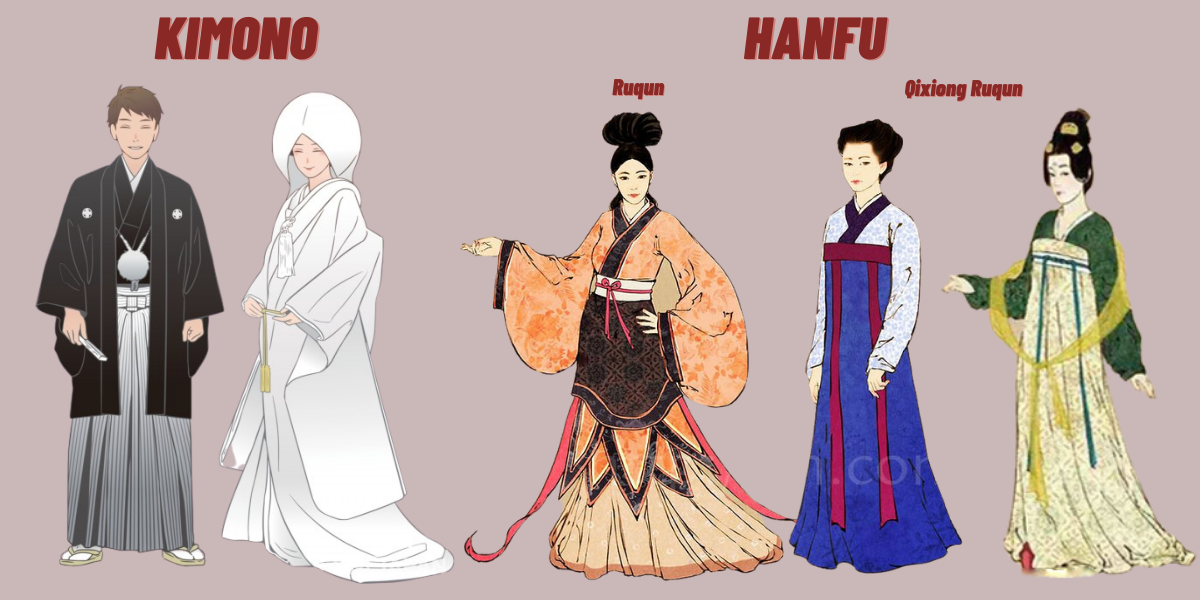
As you can see, both Kimono and Hanfu feature a similar construction as they all belong to the East Asian cultural sphere. So, that's why so hard to tell the differences between some Wa Lolita and Han Lolita JSKs.
However, they do have many differences. Han Lolita dresses always have a very high waistline and long flowing sleeves. Due to the combination with the typical lolita bell/cupcake silhouette, the skirt is normally shorter and less pleated.
While Wa Lolita dresses are based on Japanese kimono, which features the square sleeves, crossed fronts, or obi sash. Wa Lolita can also be based on the Yukata or Hamaka and commonly paired with a matching haori and geta sandals. Some Wa Lolita dresses subtly incorporate the kimono aspect of Wa with just the Japanese textile patterns.
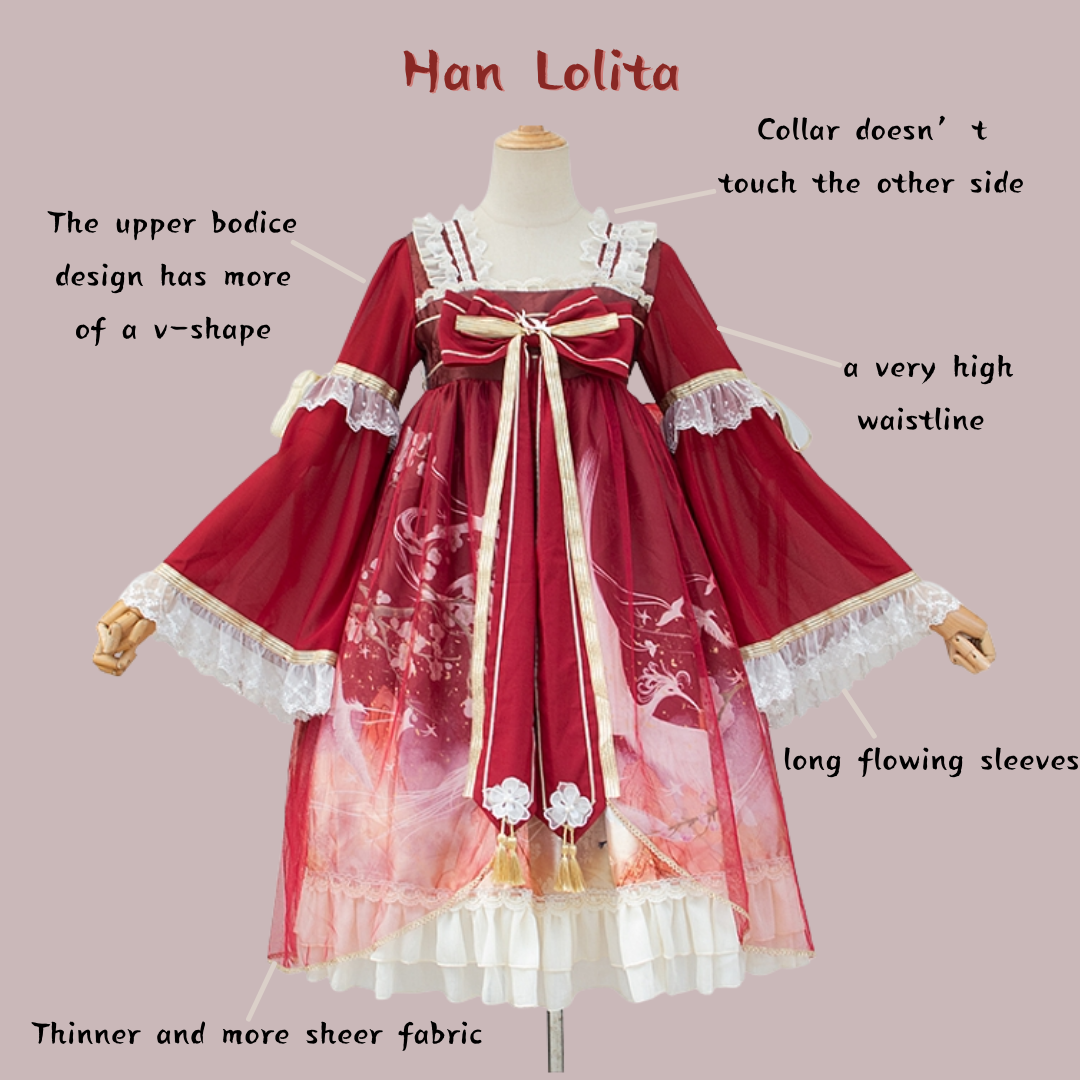
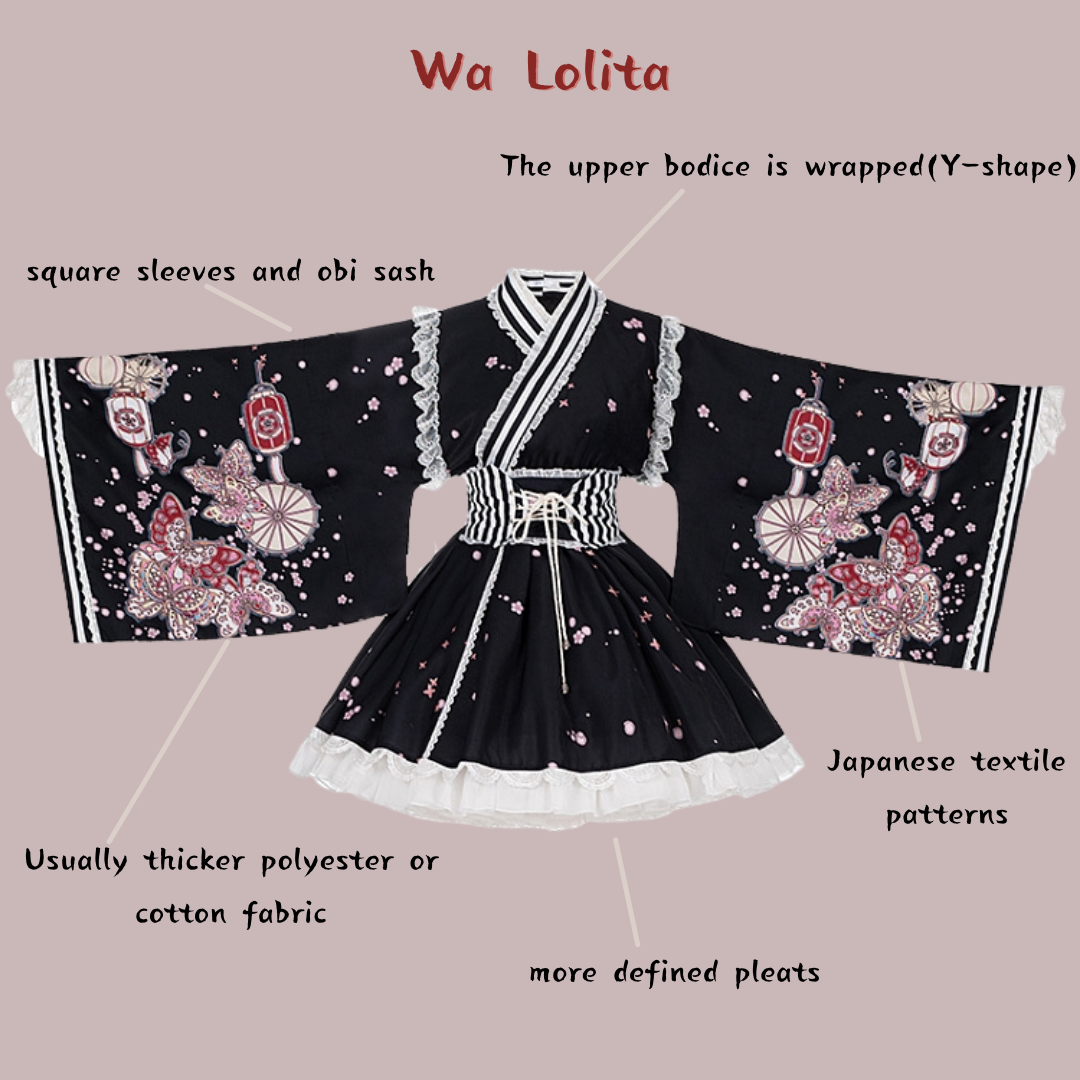
The Best Way TO Tell Wa & Han Lolita
The best way to tell these two apart is to look at the print/pattern of the dress, the blouse, and the fabric.
1. Han Lolita dresses features sheer fabrics that drape and give off a ‘flowy and airy’ feel while Wa Lolita dresses are usually made out of thick polyester or cotton.
2. The blouses in both are also different: in Wa Lolita, the blouse is worn left side wrapped over right while the blouses in Han Lolita are not wrapped.
3. Also important to note is that there are usually no straps on Han Lolita dresses since they are designed to look like the Qixiong Ruqun original skirt + blouse combo, but that is not always the case.
- Qixiong Ruqun (simplified Chinese: 齐胸襦裙), or Qixiong Shanqun (simplified Chinese: 齐胸衫裙), also known as "chest-high dresses", is a style of hanfu (a set of traditional Chinese attire worn by Han Chinese). It is a unique type of ruqun (襦裙) which is characterize with a high waistline above the bust.
Cultural Appropriation 1: Can I wear Wa Lolita if I'm not Japanese?
As far as I'm concerned, most Lolitas including me consider Wa Lolita as one of the hardest Lolita styles. And "Can I wear Wa Lolita if I'm not Japanese or in Japan?" is always a frequently asked question every Lolita Beginners will come into.
But now I can tell you with confidence that you can wear your beautiful Japanese-style Lolita dress at any time and any place, as long as it is not some obviously inappropriate occasion.
Japanese people don't wear kimonos all the time. There are kimonos for different seasons and occasions. If you go to a hotel in Japan, the kimono-looking thing (yukata) is basically an 1800's bathrobe. You shouldn't wear it in the streets.
While certain kimonos are ceremonial in nature, they are simply a garment worn by some Japanese, in these times mostly for comfort or to make a "statement." So, there is no strict time and place for wearing daily kimono for Japanese people.
First of all, there are no such rules or meanings to forbid foreigners to wear it casually (ritual kimono aside). Not to mention the Japanese style lolita just add some Japanese kimono features and other Japanese elements. Lolita Fashion, as a kind of inclusive Japanese street culture, encourages people all over the world to exchange different cultures by spreading different aesthetic ideas with this lovely fashion. In addition, Locals in Japan would love it because it somehow keeps that part of their culture alive.
Cultural Appropriation 2: Can I wear Wa Lolita for cosplay?
An idol-styled kimono or a Wa Lolita coordinate is stunning and some lolis worried about it would be disrespectful to wear it.
In fact, it's okay to put together an idol-styled kimono cosplay or Wa Lolita cosplay as you're showing respect for the people and their culture, and you're not trying to profit ( you're just wearing it because you enjoy the culture) from your use of their cultural component in any way.
The Anatomy of Wa Lolita
Generally, there are two main styles of Wa Lolita: the mini-kimono style and the Japanese-themed motif look.
The mini-kimono is the style that pops into mind first when talking about Wa Lolita. This look often ends up being literally just a Japanese kimono dress with a flared skirt and petticoat. As the kimono-style dress shows below, it seems a mini kimono but with a shorter skirt, and sometimes with an irregular hem design for variety in the look.
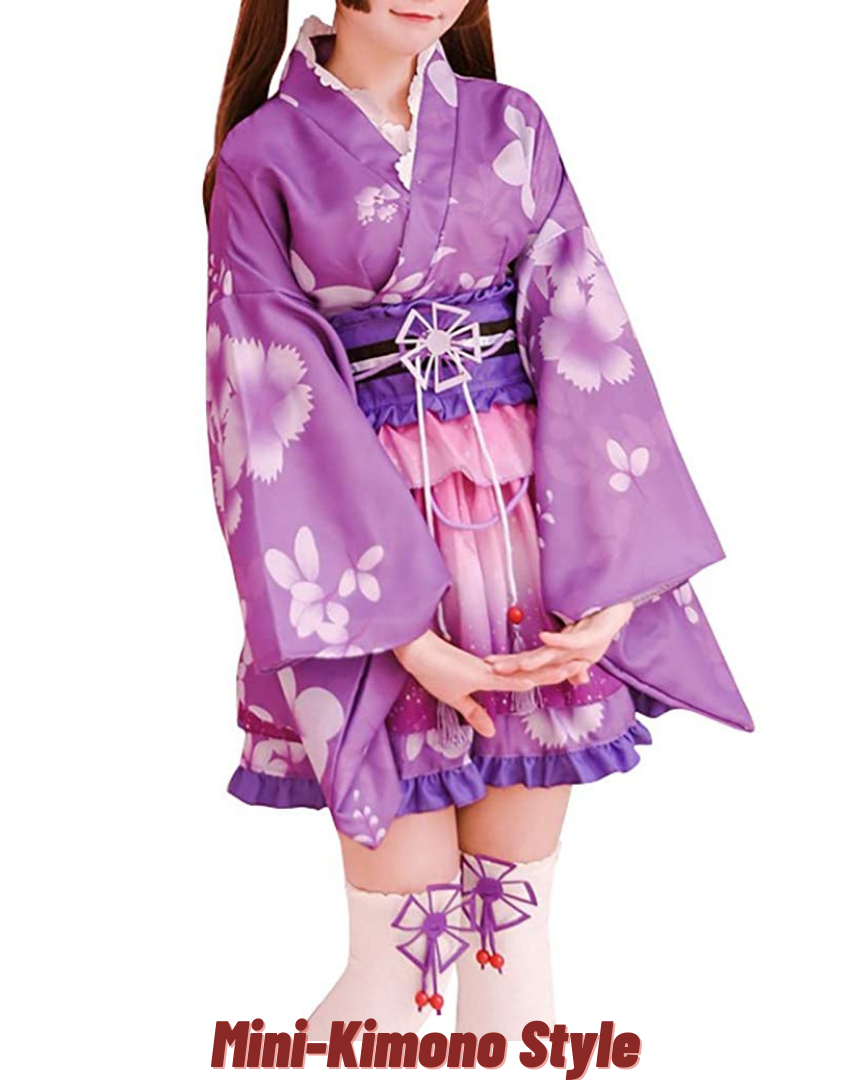
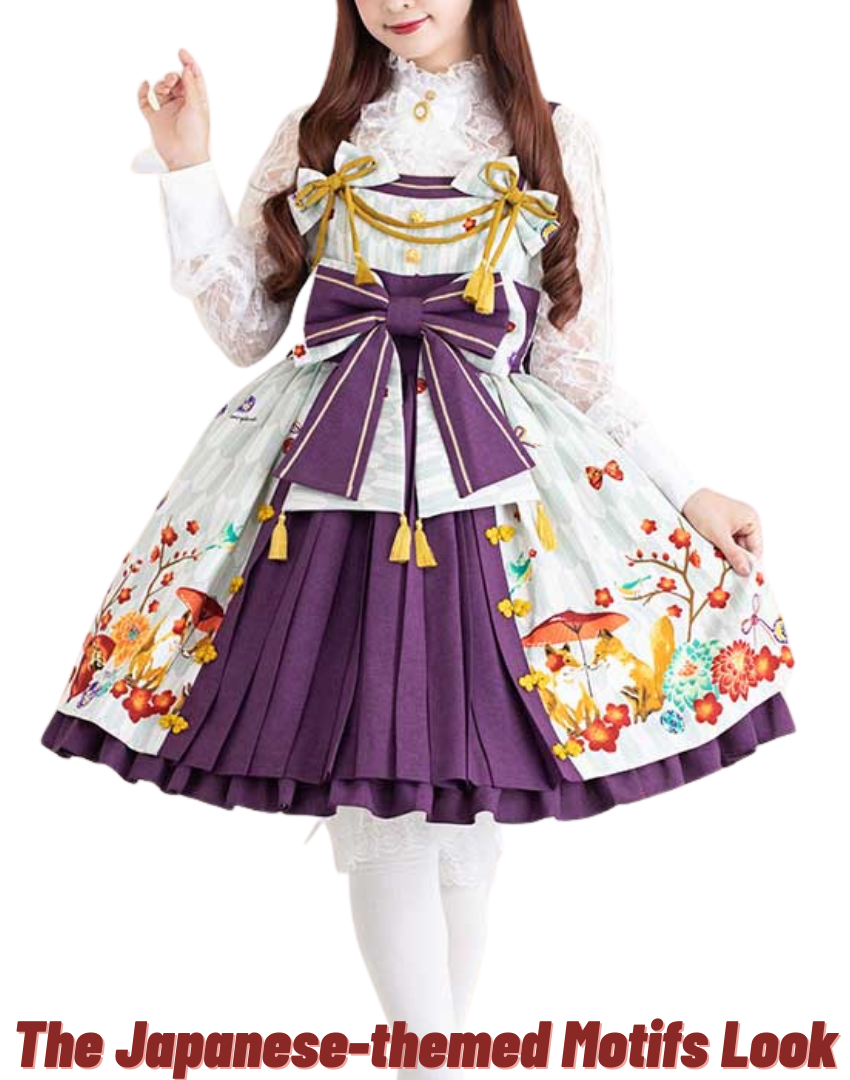
The Japanese-themed motif look is talking about lolita clothes using kimono prints and traditional Japanese motifs, but not the actual shaping of a kimono as it's based. So, the motif look is a safer choice for lolita beginners.
For example, the Japanese brand Metamorphose Temps de Fille, Metamorphose or Meta for short, has many famous Japanese-style patterns Wa Lolita Series. One of the most famous series is the Daydreaming series.
Metamorphose's Daydreaming Series:
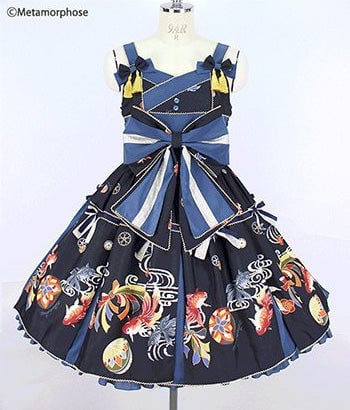
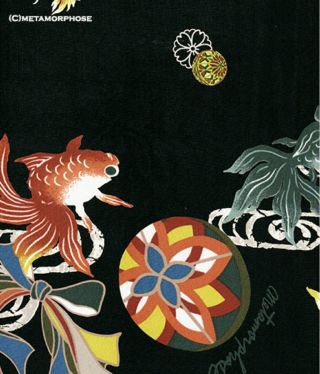
As you can see above, goldfish, water waves, Temari balls, are very traditional and typical motifs of the Japanese style. The classic romantic red and white color scheme, the elegant and stable red and blue color scheme, and the slightly cooler but still very good-looking purple, each with their own characteristics, the red goldfish has also become a popular theme of the Japanese style because of the daydreaming series's famous.
Tips for Putting Together a Wa Lolita Coordinate
1. Follows the Proper Lolita Anatomy
Just like Qi Lolita combines Lolita Fashion with Chinese traditional clothing, Qibao, and makes it into a Chinese-style Lolita outfit. Wa Lolita also follows the anatomy of Lolita Fashion. It is only the Kimono sleeves, the crossed front of a kimono bodice, an obi(a waistband), a large bow behind, and Japanese-themed prints that make the whole outfit "Japanese-style".
2. Avoid Synthetic Satin Fabric At the Beginning
Those synthetic satins will not look good for Lolita Newbies. They are not only flimsy but also not stylish in most cases. Unless the satin is made from silk, which means it will be very expensive.
3. Make Balance by Focusing Only On One Point
If you choose a Japanese-style Lolita outfit with a busy print, then you'd better put fewer lace elements to achieve a balance.
Besides, you don't have to go and buy a ready-made yukata or kimono and tear it up to make a Wa Lolita outfit.
4. Accessorize Accordingly
Don't throw random traditional Japanese accessories like clunky geta and Tabi socks into the mix. They will only make the Wa Lolita coordinate harder for Wa lolis to wear and destroy the aesthetics.
Please go with a nice pair of zori or a more feminine pair of geta. You can wear them with taller Tabi socks or toe socks. Shoes can also be regular lolita shoes, such as simple classic Lolita shoes. Lace-up Granny boots with hakama(loose trousers) are also a common look, so boots are also good.
The hairstyles of Wa Lolita are often more traditional hairstyles and are usually paired with traditional Japanese jewelry and accessories like Kanzashi(Japanese traditional hairpieces) or Hanamaru(flower balls). Legwear is usually solid or patterned over the knee socks or tights.
5. Incorporating Japanese Traditional Hairpieces
Wa Lolita can be very fun and elegant if, as we did to the rest of Lolita syles, we consider more on the taste levels. So, don't hesitate to incorporate some traditional hairpieces like Kanzashi, Hanamaru(flower balls) with your regular Lolita ones.
6. Don't wear geisha makeup
We don't wear white face in EGL and we won't be doing it in Wa Lolita, either. If you want to make an homage to geisha with your Wa Lolita outfit, just stick to matte red lips and black eyeliner, please, and keep your lines neat.
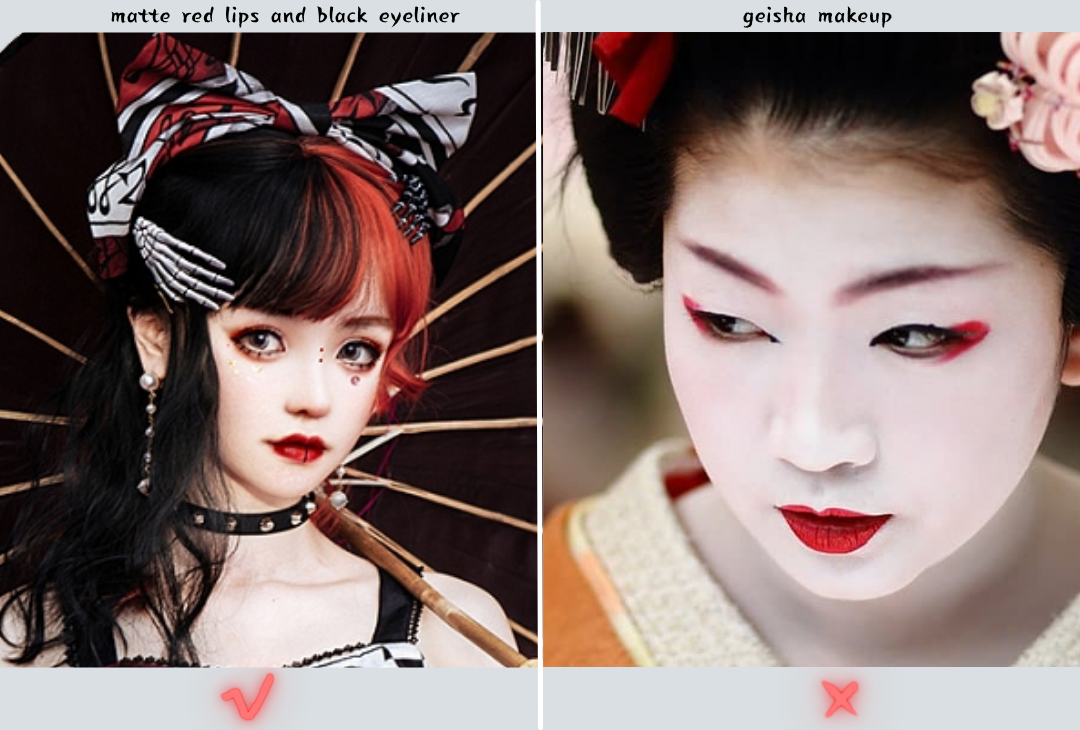
Kimono-style Dresses Collection
Madame Butterfly Wa Lolita OP Set
Sound of The Wind Flower Haori/Skirt Set
Symbiotic Relationship Kimono Maxi Dresses Set
Symbiotic Relationship Kimono Wa Lolita Top/Skirt Set
Japanese-style Patterns Wa Lolita Collection
Spring Sakura Wa Lolita JSK Set
Onmyoji Enmusubi no Kami Wa Lolita JSK Set
Fox Geisha
Hairy Series (Punk Wa Lolita Dress)
Inari Love Taisho Style Wa Lolita JSK/Haori Set
Ghosts Tale Taisho Style Wa Lolita JSK/Haori/Outwear Set
Maple Moon Wa Lolita JSK Set
Falling Sakura Wa Lolita JSK Full Set
-750x1000.jpg)
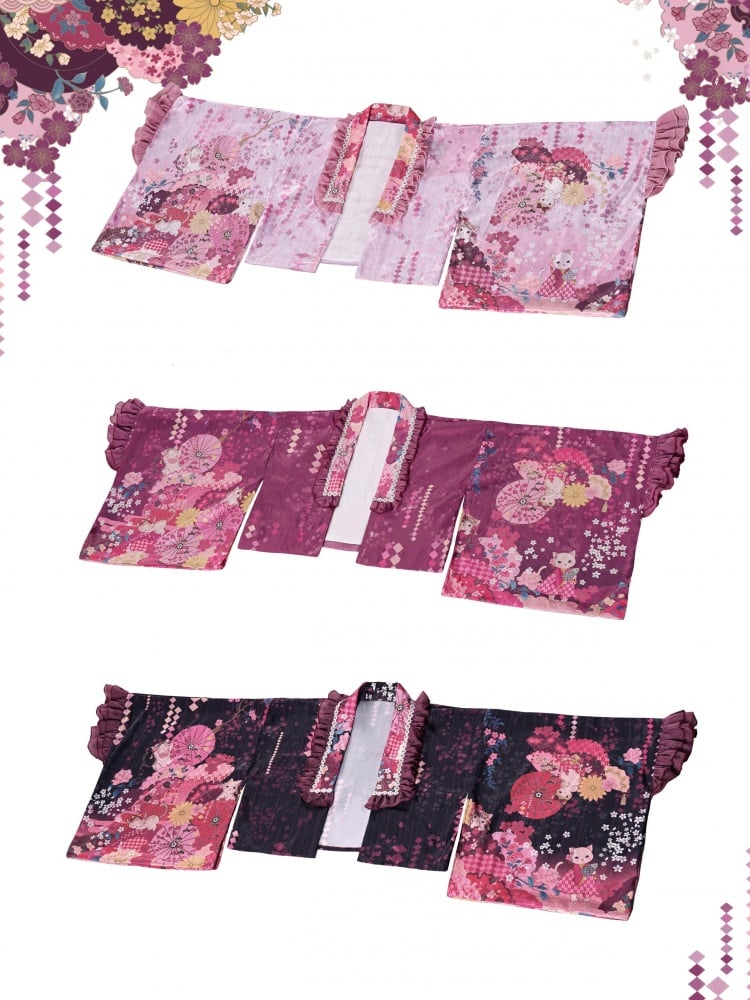
-750x1000.jpg)
-750x1000.jpg)
-750x1000.jpg)
Falling Sakura Wa Lolita High-bust JSK Full Set
-750x1000.jpg)
-750x1000.jpg)
Sakura Garden Narrative Wa Lolita JSK
Click Wa Lolita Collection to find more Wa Lolita dresses, Haori, Yukata, and other accessories on our website.





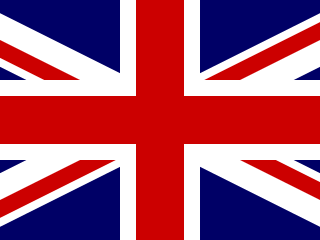




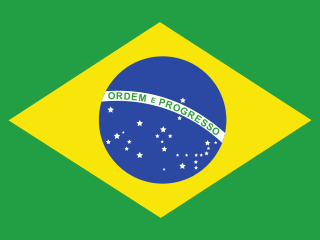
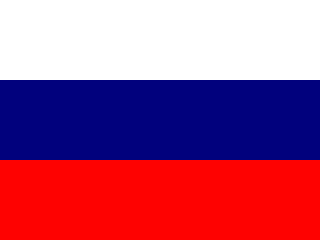
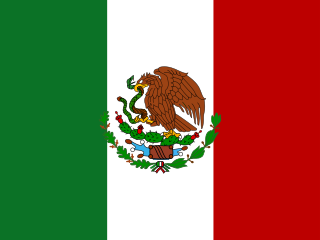
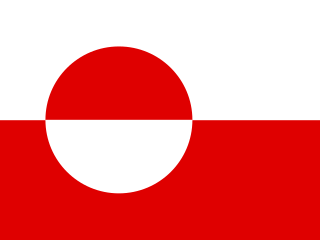
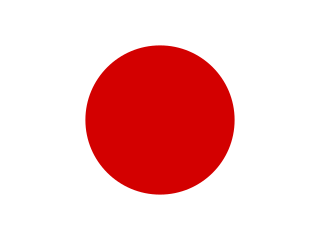
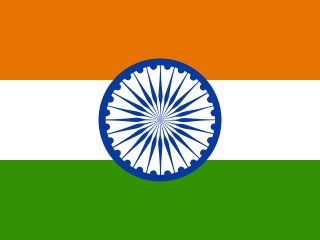
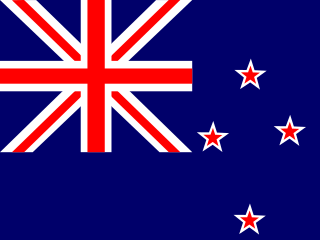
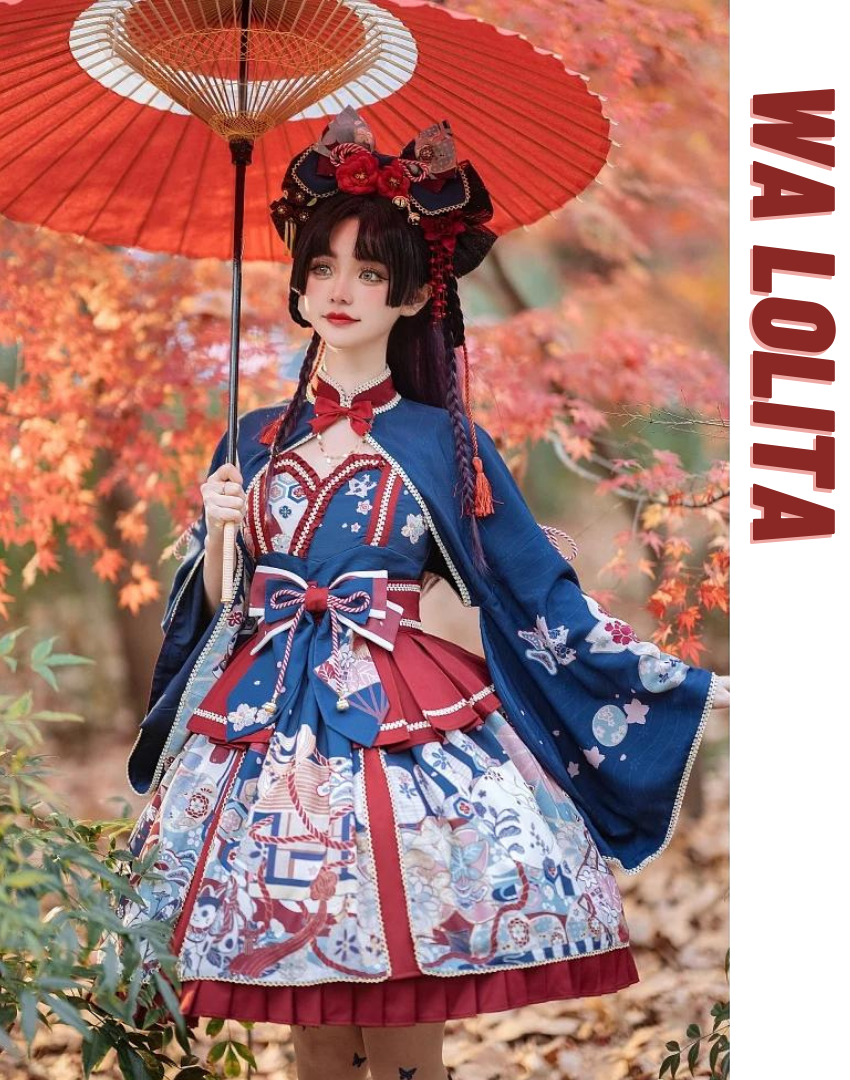
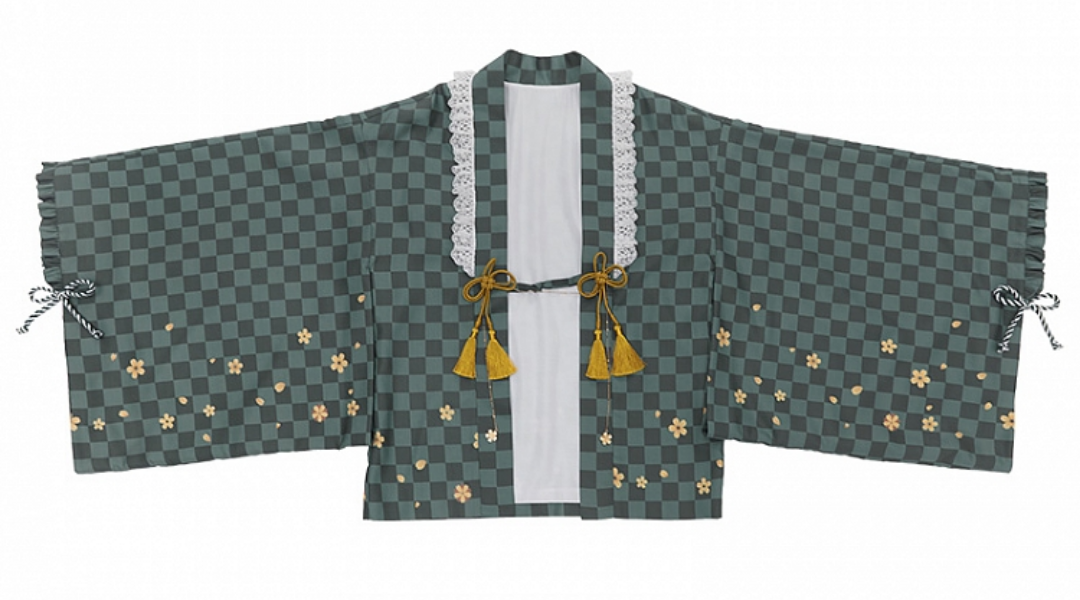
-750x1000.jpg)
-750x1000.jpg)
-750x1000.jpg)
-750x1000.jpg)
-750x1000.jpg)
-750x1000.jpg)
-750x1000.jpg)
-750x1000.jpg)
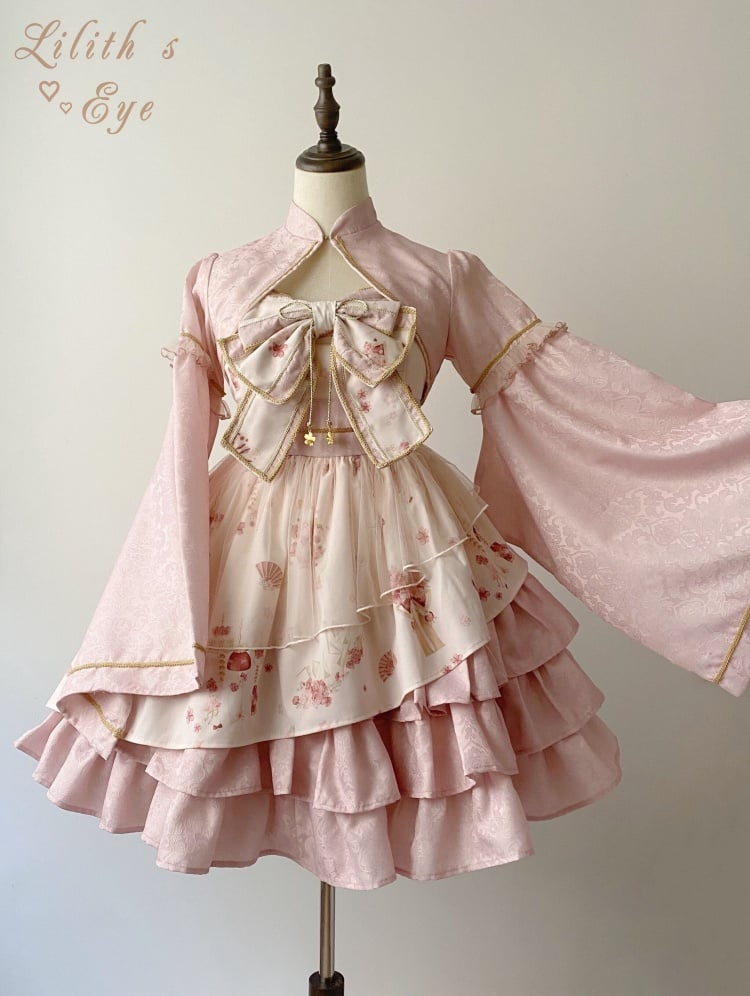
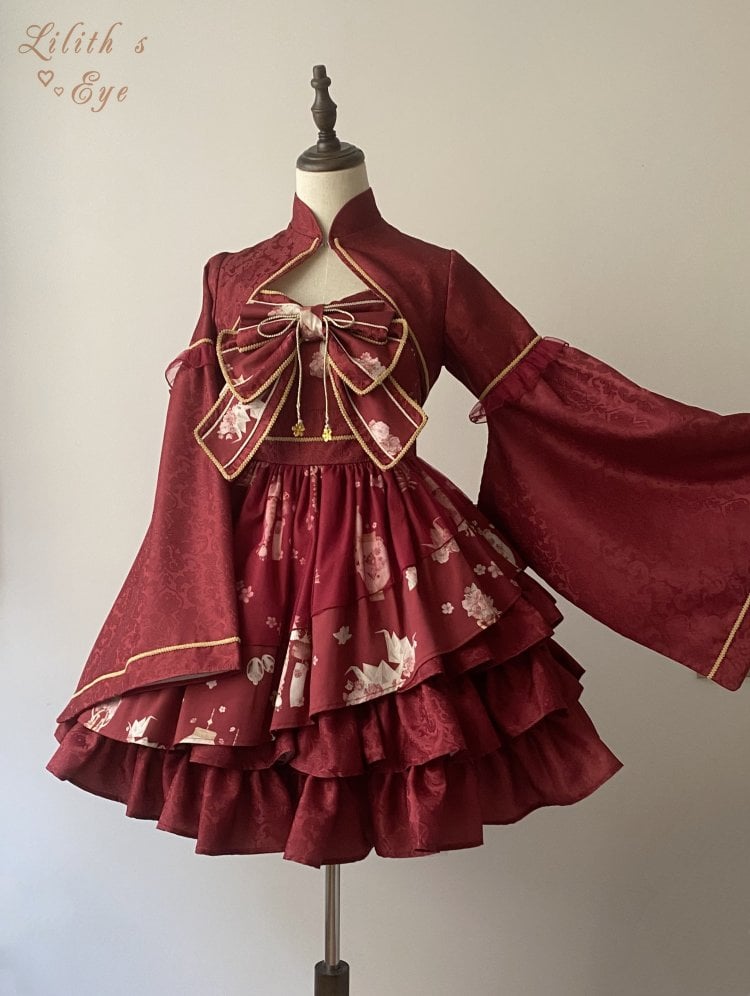
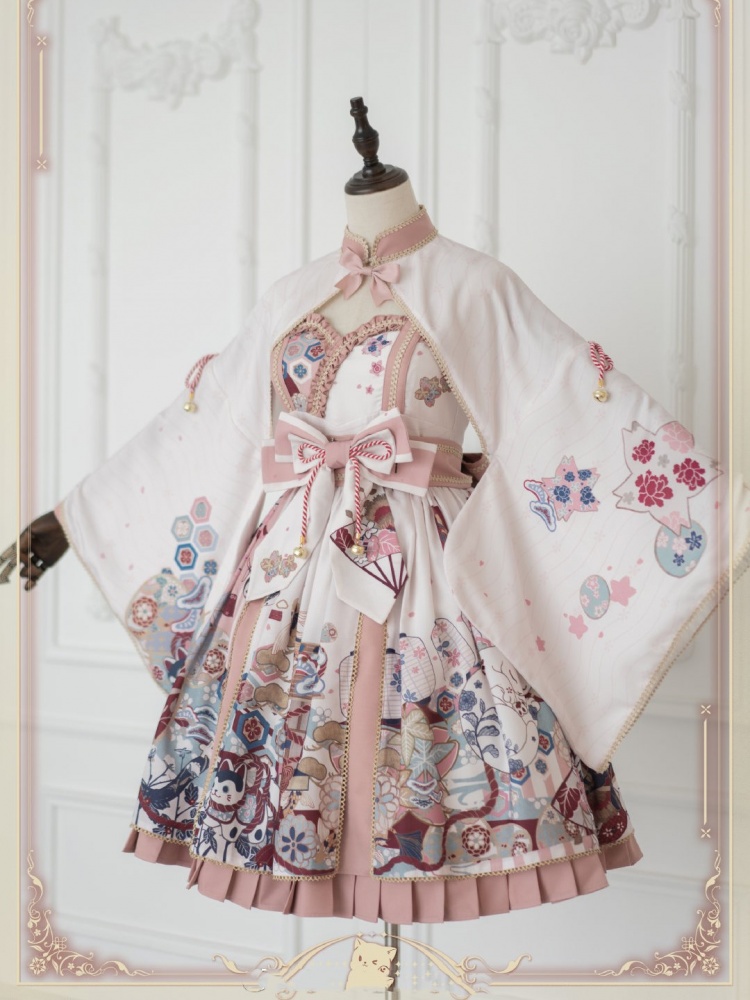
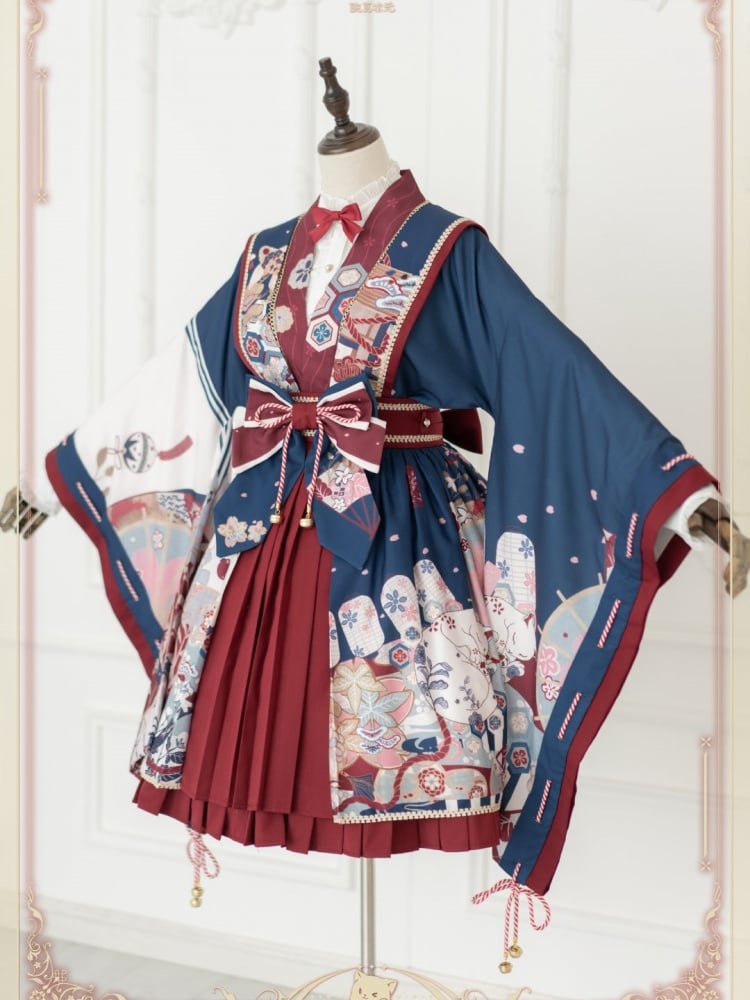

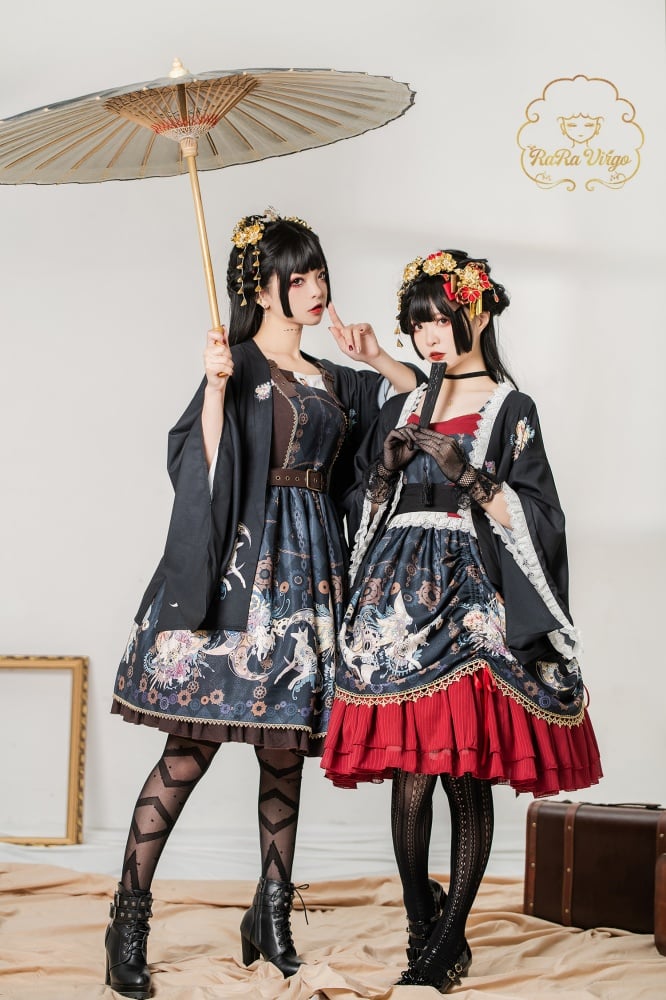
-750x1000.jpg)
-750x1000.jpg)
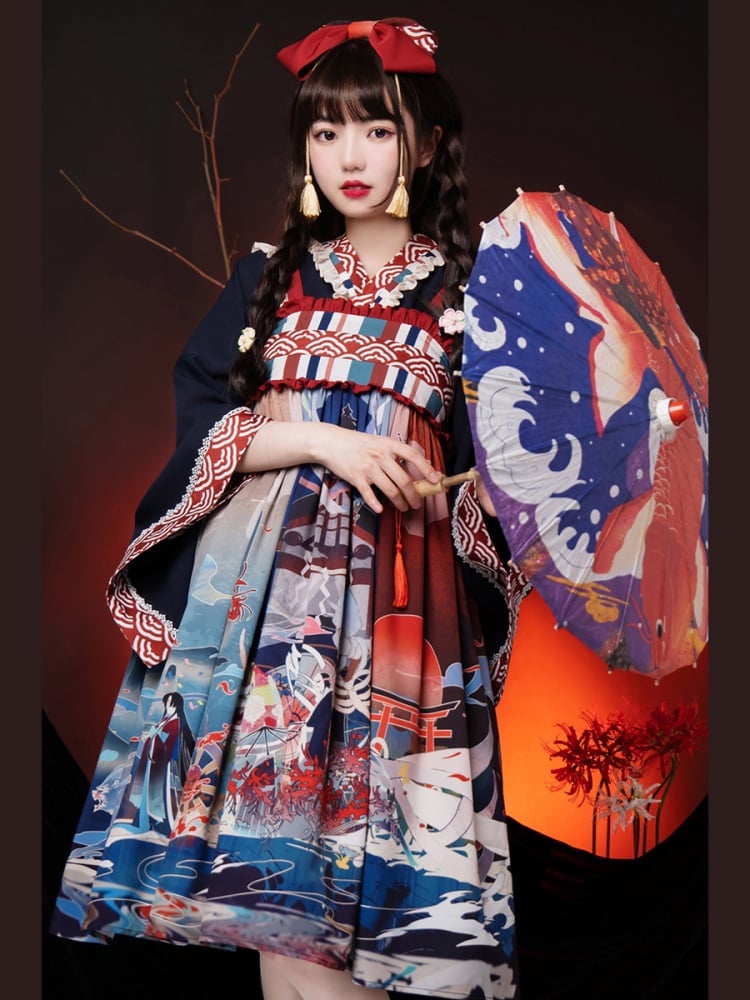
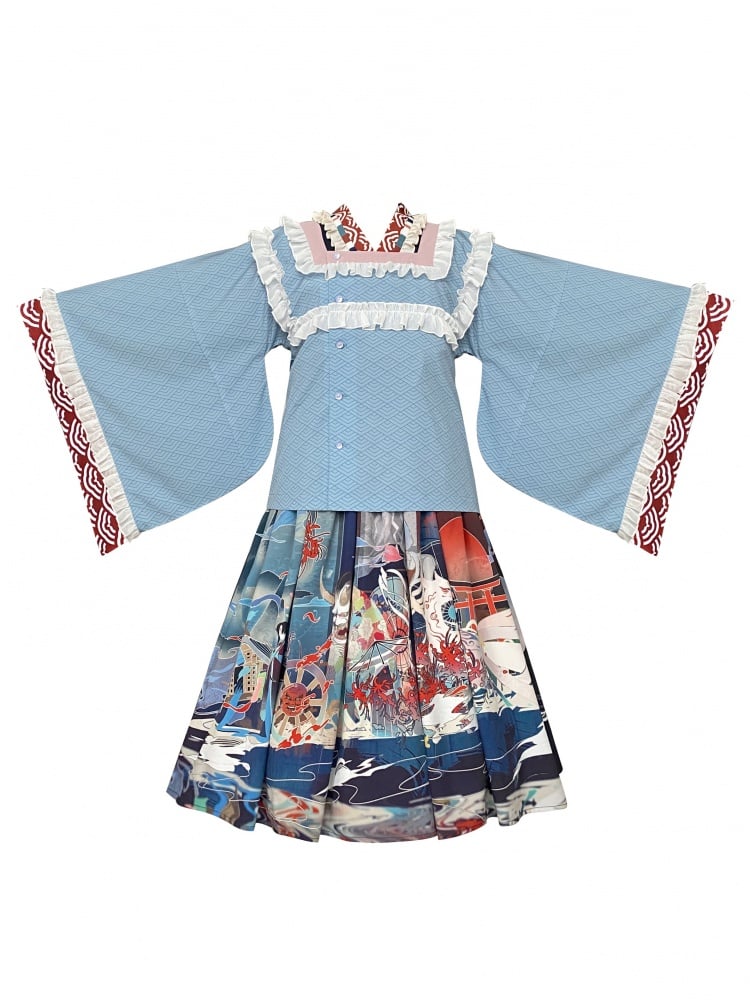
-750x1000.jpg)
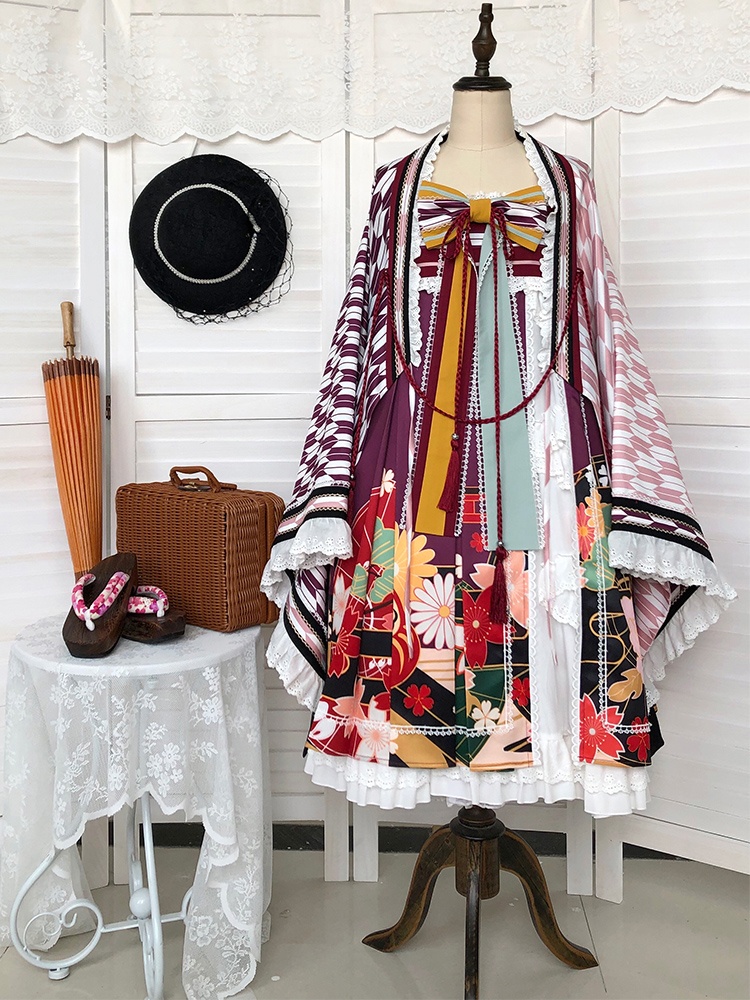
-750x1000.jpg)
-750x1000.jpg)
